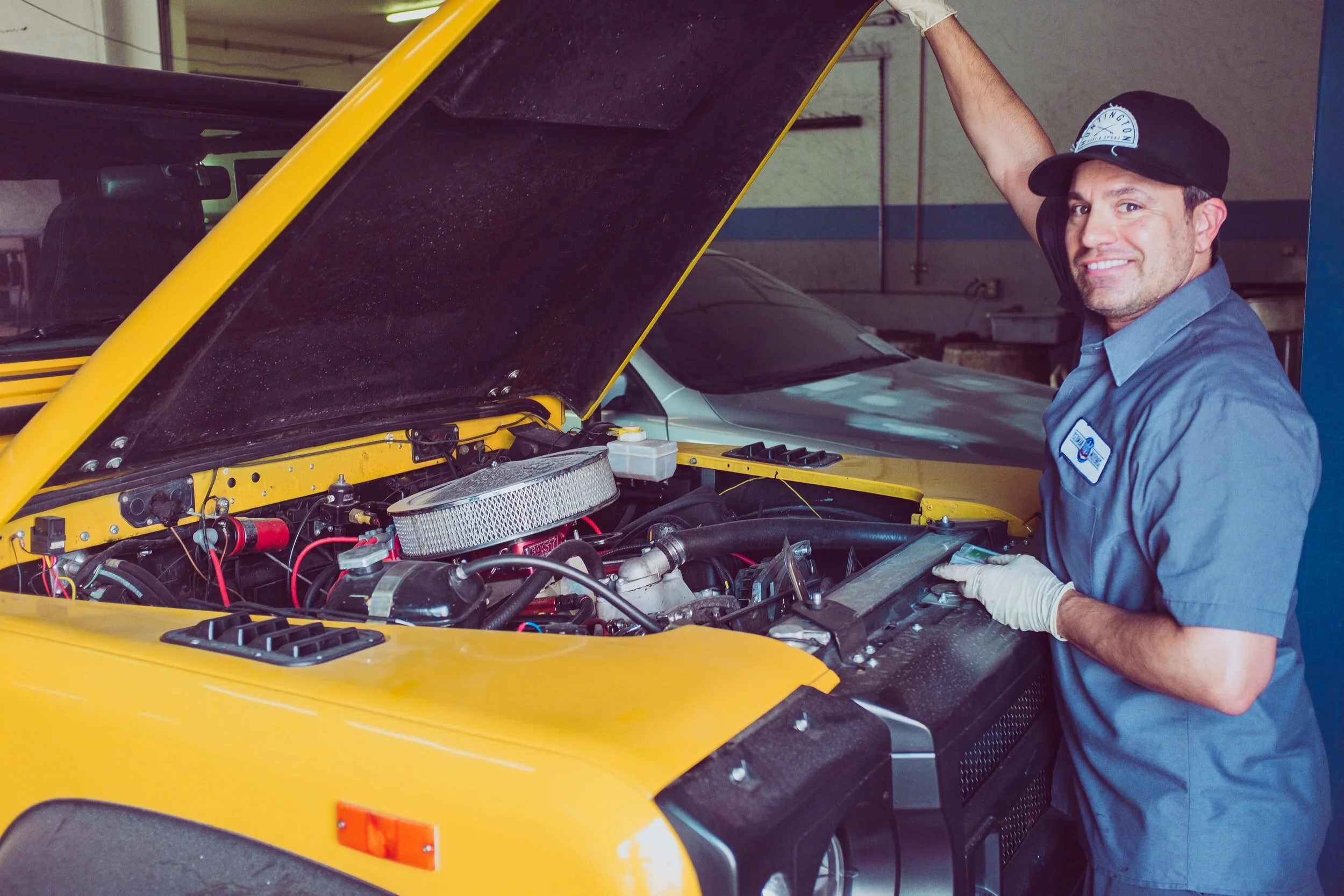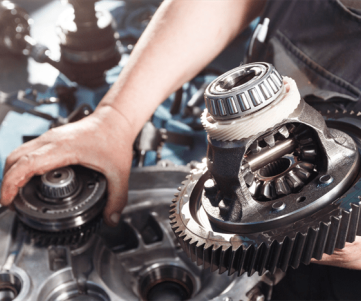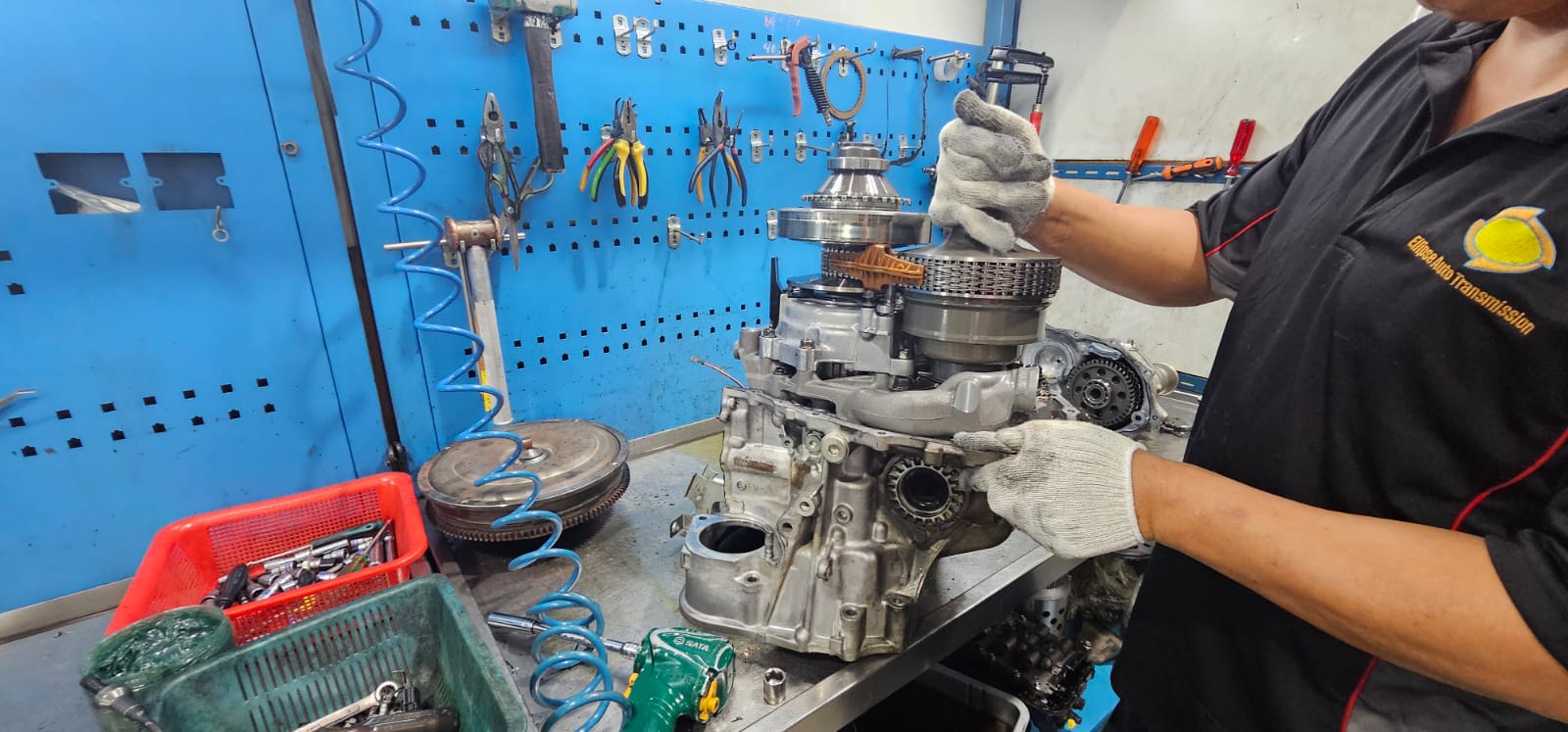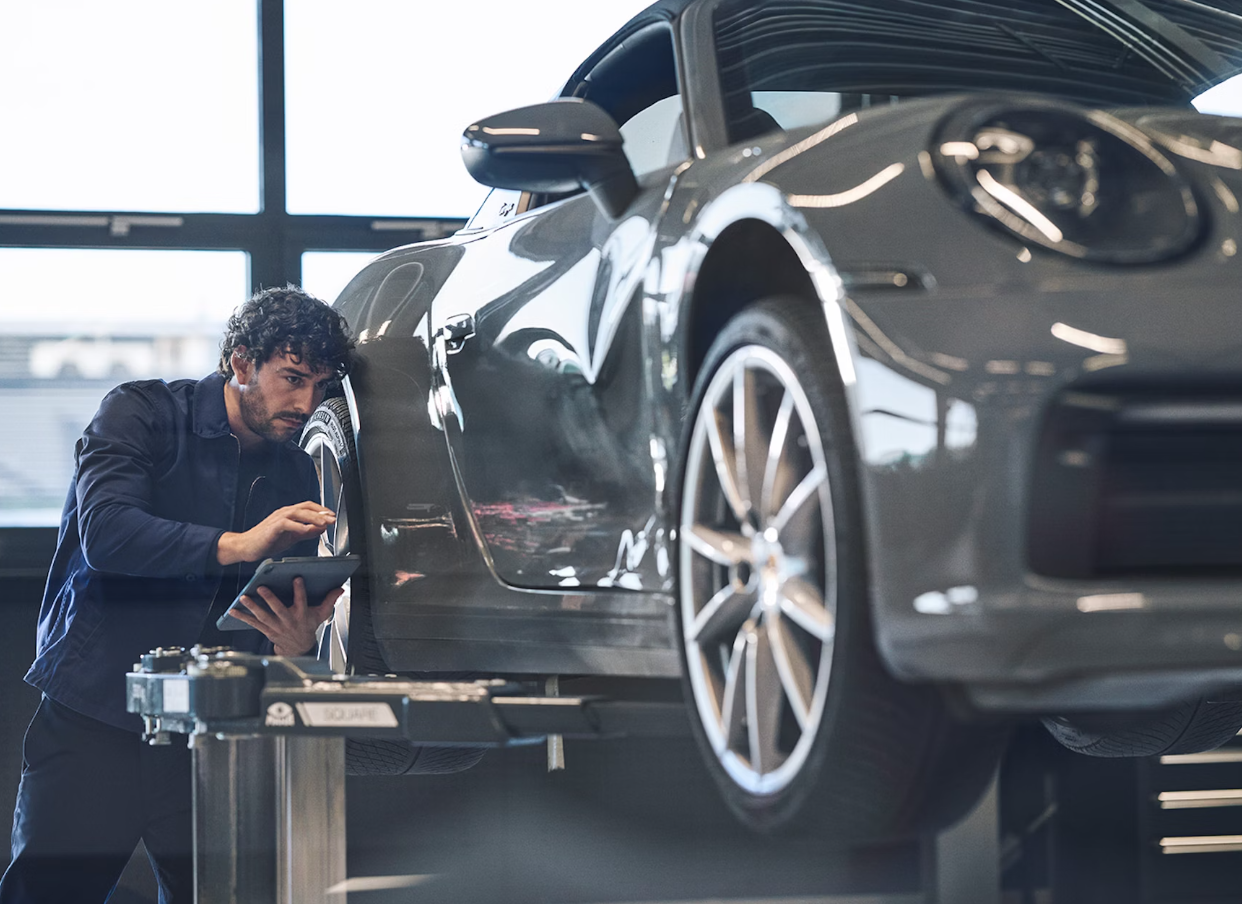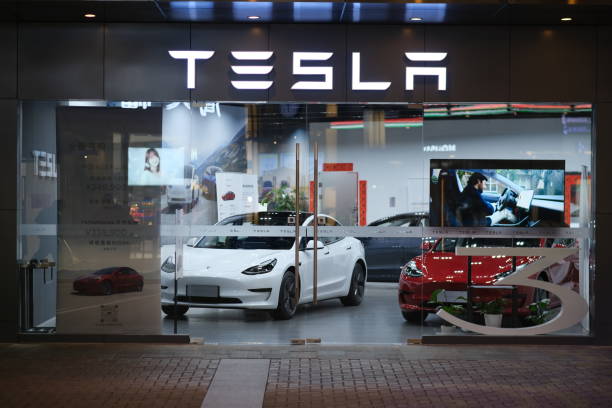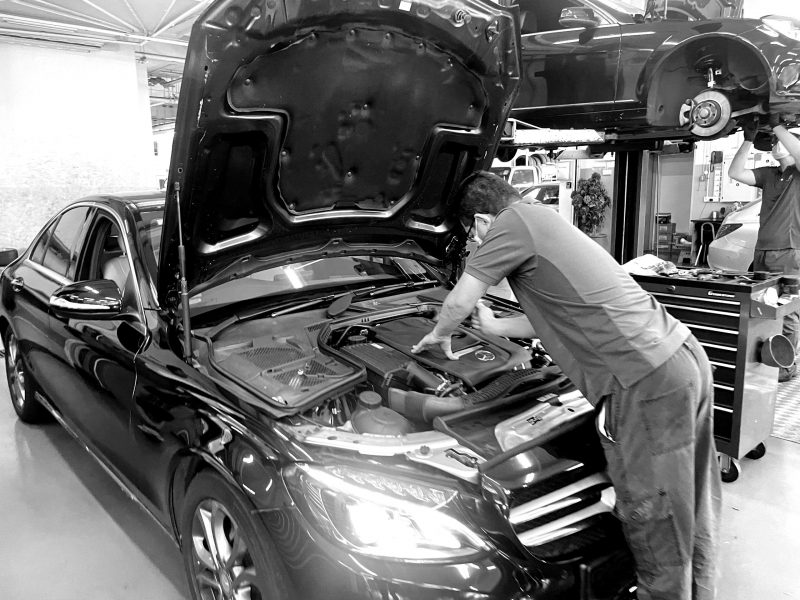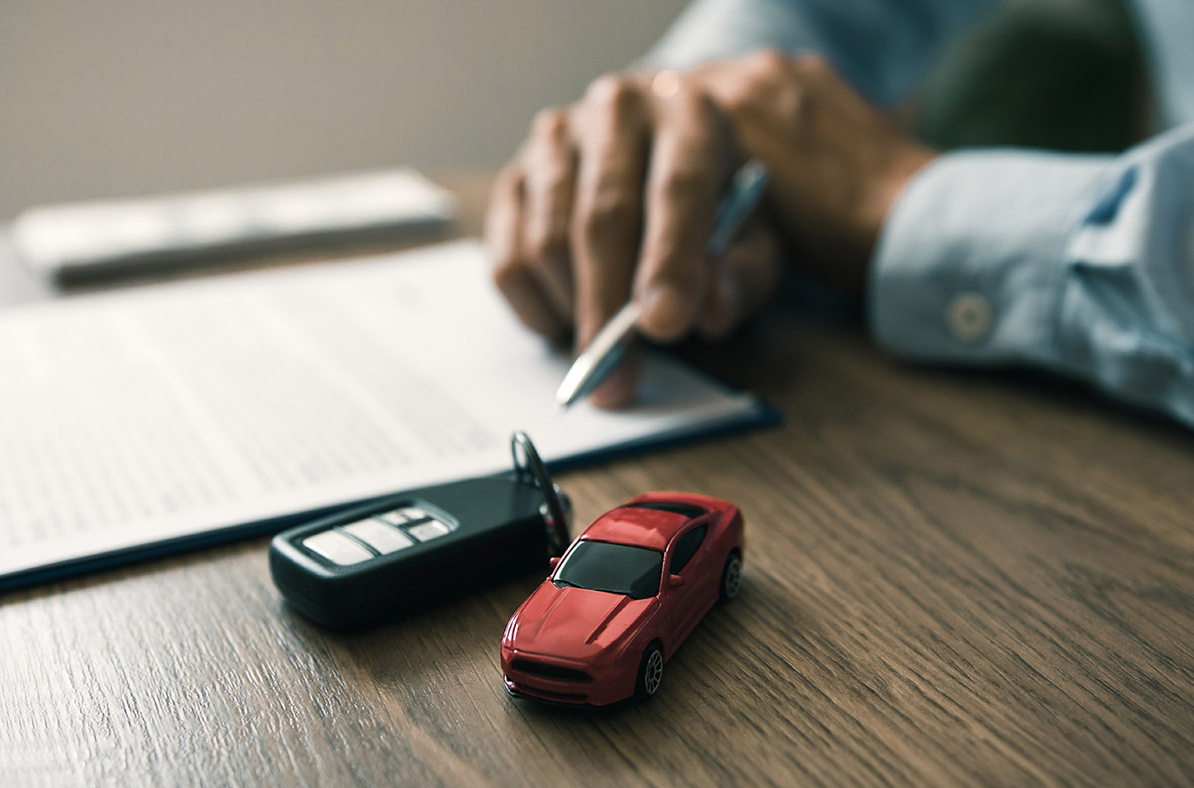Buying a used car can be one of the most financially savvy decisions a person makes—if it’s done right. While pre-owned vehicles offer affordability and variety, they also come with potential risks. This is where a Pre-Purchase Inspection (PPI) becomes your ultimate safety net. Whether you’re buying from a dealership, a private seller, or even an online listing, having a PPI performed ensures you get what you’re paying for—and avoid any nasty surprises down the road.
Understanding Pre-Purchase Inspection (PPI)
A Pre-Purchase Inspection (PPI) is a detailed assessment performed by a qualified mechanic or inspection expert to evaluate the condition of a used vehicle before a buyer finalizes the purchase. This inspection goes far beyond the surface-level checks and sales pitches. It provides an honest, third-party overview of the car’s mechanical, structural, and cosmetic condition.
With the used car market expanding, more buyers are relying on PPIs to avoid problematic vehicles. Think of it as hiring a property surveyor before buying a home—it’s a safeguard that could save you from serious financial regret.
Why You Should Never Skip a Pre-Purchase Inspection
Many used car buyers make the mistake of assuming that a test drive or a clean-looking exterior is enough proof of a vehicle’s health. Unfortunately, appearances can be deceiving. A car may run smoothly today but hide issues that cost thousands tomorrow.
Skipping a Pre-Purchase Inspection (PPI) could lead to unexpected repairs like engine overhauls, faulty transmissions, electrical issues, or brake failures. More critically, you might purchase a vehicle that is unsafe to drive. Spending a small amount upfront on a PPI can prevent long-term headaches, not to mention significant costs.
Peace of mind is priceless—especially when it involves your safety and your hard-earned money.
What a Comprehensive Pre-Purchase Inspection Covers
A reputable Pre-Purchase Inspection (PPI) is not a basic glance-over. It’s a methodical and thorough review that typically includes:
- Mechanical System Check: Includes engine performance, transmission, brakes, steering, suspension, and drivetrain.
- Electrical Components: Inspecting lights, indicators, battery health, infotainment systems, and wiring integrity.
- Exterior and Interior Condition: Body panels, paint consistency, rust, windshield integrity, upholstery, dashboard wear, and seatbelt functionality.
- Underbody Inspection: Searching for leaks, rust, frame damage, or signs of structural repairs.
- Test Drive Evaluation: Assessing road handling, engine noise, gear shifting, brake responsiveness, and vibration.
- Diagnostic Scans (OBD-II): Revealing hidden issues via onboard computer systems such as check engine lights, sensor errors, or pending faults.
All of this culminates into a full inspection report that helps the buyer make a confident and informed decision.
Benefits of Getting a PPI from a Certified Inspector
A certified mechanic or inspection service is trained to detect issues that an average buyer would miss. Certified inspectors use a standardized checklist to ensure no detail is overlooked, from tire tread depth to engine mounts.
By choosing a professional for your Pre-Purchase Inspection (PPI), you’re not just checking off a box—you’re getting insight into the car’s real condition. This expertise could help identify previous accident damage, improper modifications, or recurring mechanical issues that sellers may not disclose.
Additionally, many service providers offer mobile PPIs, which means the inspector can visit the seller’s location, making the process even more convenient.
Common Issues Identified During a PPI
One of the most compelling reasons to invest in a Pre-Purchase Inspection (PPI) is the number of hidden issues it can reveal, including:
- Engine Leaks or Misfires: Hidden oil or coolant leaks that could lead to overheating or costly engine repairs.
- Transmission Trouble: Delayed shifting or slipping that signals a failing gearbox.
- Brake System Deficiencies: Uneven wear, fluid leaks, or warped rotors that compromise stopping power.
- Suspension Problems: Worn shocks or struts affecting ride quality and safety.
- Frame or Structural Damage: A clear indication the car may have been in a serious accident and poorly repaired.
Spotting these issues early can help you avoid a money pit and focus on vehicles that are truly worth your investment.
How a Pre-Purchase Inspection Saves You Money
It’s natural to think of a Pre-Purchase Inspection (PPI) as an added cost—but it’s actually a money-saving tool. Here’s how:
- Negotiation Leverage: If the inspection report highlights issues, you can ask the seller to fix them or reduce the price.
- Avoiding Lemon Cars: Some cars look great on the outside but are plagued with ongoing mechanical failures.
- Long-Term Reliability: Knowing the vehicle’s true condition helps you plan better for future maintenance or upgrades.
- Preventing Safety Hazards: Repairs related to brakes, tires, or airbag systems can be extremely costly and dangerous if overlooked.
The cost of a typical PPI ranges between $100 to $250, depending on the service provider. Compared to the average cost of major repairs—such as a $4,000 transmission replacement—that’s an investment that pays for itself several times over.
When and Where to Get a Pre-Purchase Inspection
A Pre-Purchase Inspection (PPI) should ideally be performed before finalizing the deal. Once money changes hands, any issues discovered afterward become your responsibility.
Buyers can choose from two main types of inspections:
- Mobile Inspection Services: A technician travels to the seller’s location—ideal for private sales or online purchases.
- Workshop Inspection: The vehicle is brought to a fully equipped workshop for a more detailed assessment with lifts and diagnostic tools.
Make sure to ask your inspector:
- What their checklist includes
- Whether you’ll get a digital or written report
- How long the inspection takes
- If they provide follow-up support or consultation
Choosing the Right PPI Service Provider
Not all inspection services are created equal. When selecting someone to perform your Pre-Purchase Inspection (PPI), look for:
- Experience and Certifications: Choose mechanics with manufacturer training or certifications from automotive associations.
- Transparent Pricing: No hidden fees or vague service descriptions.
- Detailed Reporting: A good provider delivers a full report with photos, diagnostics, and clear summaries.
- Positive Reviews: Online feedback or referrals from trusted sources go a long way.
Some service centers even specialize in PPIs, making them highly efficient at uncovering hard-to-spot problems that might elude general service providers.
What to Do After the Pre-Purchase Inspection
Once you receive the results of the Pre-Purchase Inspection (PPI), it’s decision time. Depending on the findings, you have three main options:
- Proceed with the Purchase: If the car is in excellent condition or has only minor issues, you can confidently move forward.
- Negotiate a Better Deal: Use the inspection report to request repairs or a discount from the seller.
- Walk Away: If the vehicle presents too many red flags, it’s better to walk away and continue your search.
A proper PPI empowers you to make that decision with facts—not guesswork.
Takeaway
A Pre Purchase Inspection (PPI) is more than just a formality—it’s your best line of defense against unforeseen mechanical issues, safety risks, and financial regret. Whether you’re buying your first car or adding another vehicle to your collection, taking the time to have a PPI performed ensures you’re making an informed, confident decision.
By uncovering hidden problems and giving you negotiation power, a professional inspection protects your investment and your peace of mind. Don’t let surface appearances or a smooth test drive mislead you. Trust in a thorough Pre Purchase Inspection (PPI) to guide your next used car purchase—and drive away with confidence knowing your new vehicle is safe, reliable, and truly worth the price.


